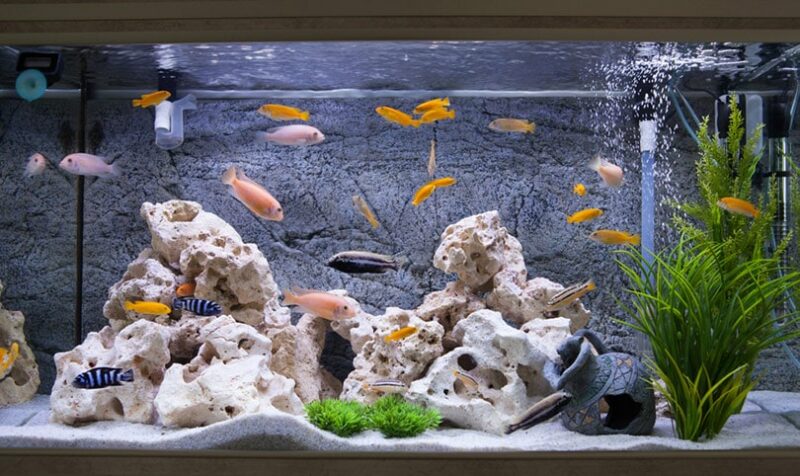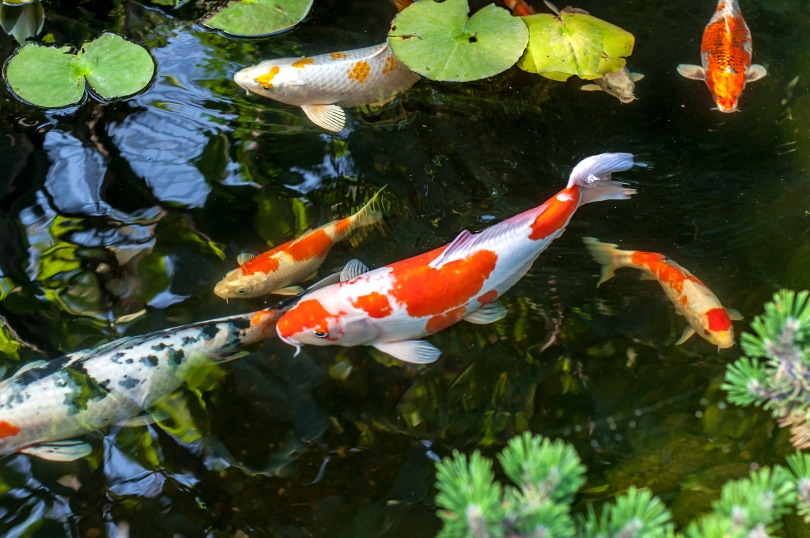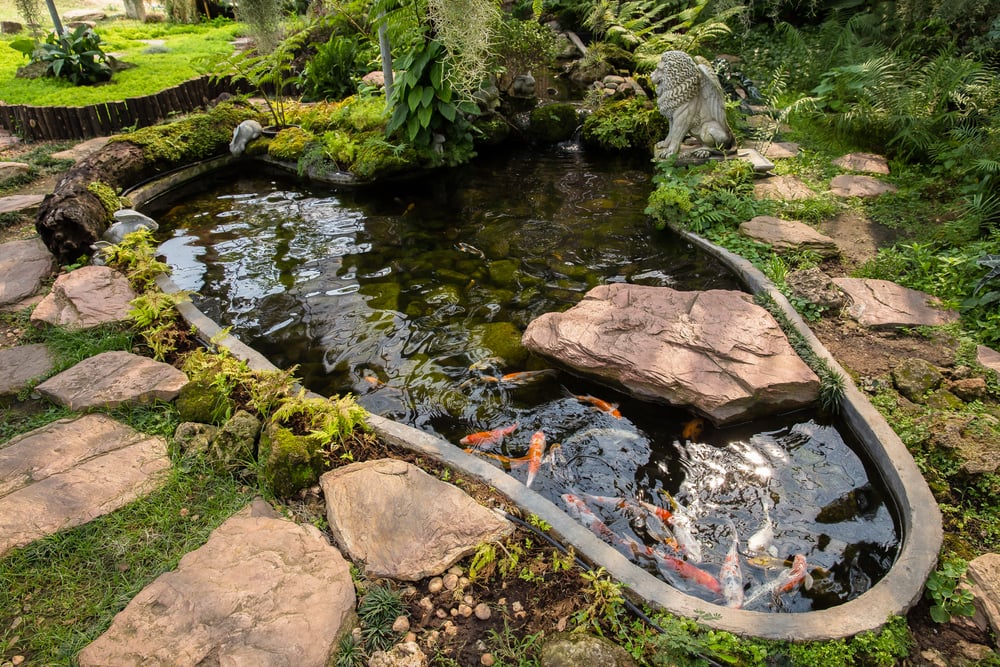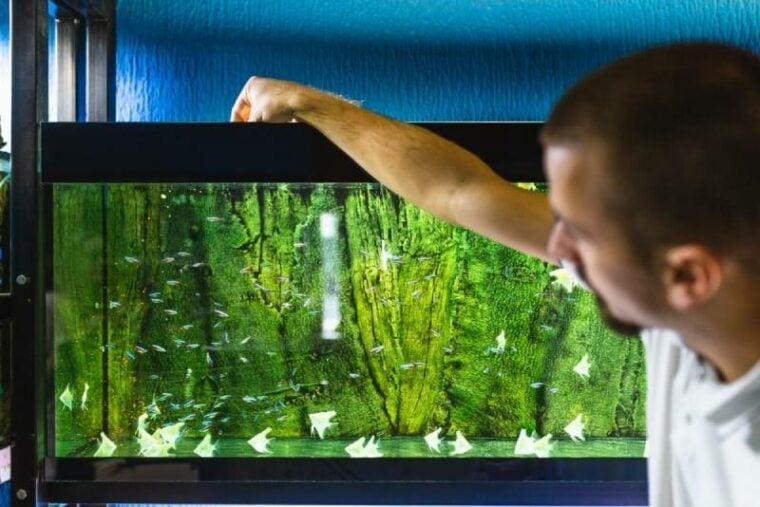
Click to Skip Ahead
Humans have a long history of domesticating animals. The earliest evidence of domesticated dogs dates back 12,000 years, and the first evidence of cat domestication is around 10,000 years ago. What about fish, though? The world’s first fish appeared about 530 million years ago, so they’ve been around for millions of years longer than dogs and cats1. So when did humans start keeping fish as a hobby? Unfortunately, there is no definitive answer as different civilizations put their own spin on fish keeping, but that doesn’t make the history of the hobby any less interesting.
Keep reading to learn everything you’ve wanted to know about the origins of fish keeping.

The Earliest Aquarists
Sumerians
The world’s first aquarists were the Sumerians, one of humanity’s first civilizations. The Sumerian homeland was in southern Mesopotamia and emerged around 6,000 years ago. The Sumerians kept fish in artificial ponds around 4,500 years ago. It is thought that these first fish were kept as food initially, but when brighter specimens came about, the Sumerians started keeping them as pets.
Ancient Egyptians
There are also records of fish keeping in ancient Egypt and Assyria, a kingdom of northern Mesopotamia. Some of the fish kept during these periods were explicitly bred for food, while other species were considered to be sacred. These sacred fish were housed in ornamental pools and were deeply revered. Egyptians worshipped the Nile Perch.
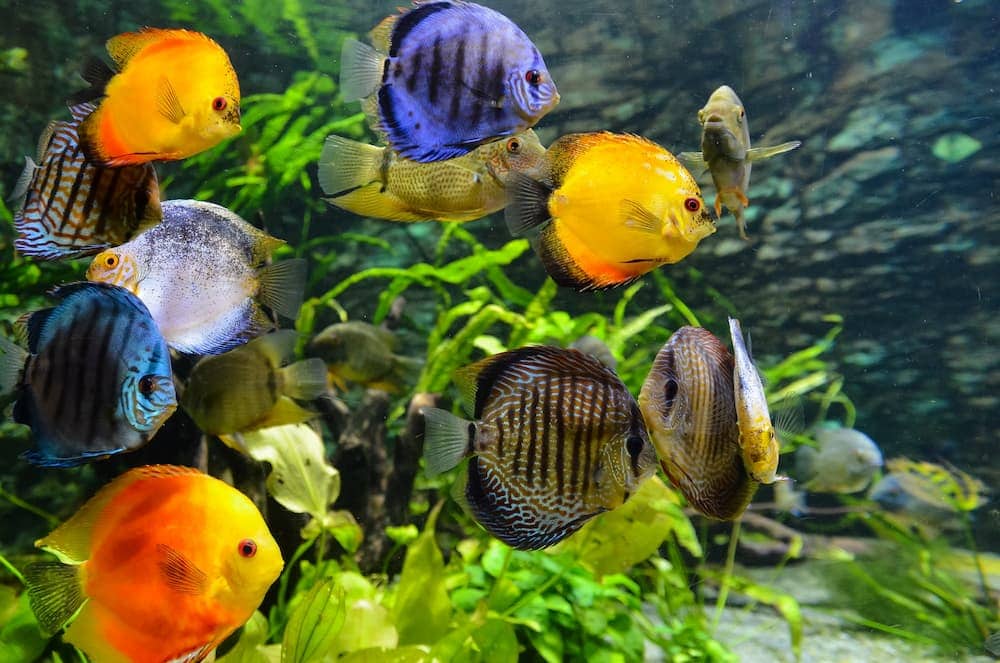
Chinese
During the Jin Dynasty (265–420), the Chinese noticed that the freshwater carp they were breeding sometimes displayed interesting colorations such as red, orange, or yellow. A few hundred years later, in the Tang Dynasty (618–907), they began to create beautiful water gardens stocked with a gold mutation of the silver Prussian carp. It is this fish that the goldfish we know and love today is derived from.
During the Song Dynasty (960–1279), the Chinese began keeping goldfish indoors in large ceramic vessels. In 1162, the empress at the time requested a special pond be built and filled with the most beautiful red and goldfish. It was decided then that anyone not of royal blood was not to keep yellow goldfish as it is the color of the imperial family.
Ancient Romans
It is the ancient Romans who became the first marine aquarists. They built outdoor ponds that they filled with seawater from the ocean. Wealthy Romans had their own saltwater pools with ancient fish such as lampreys and often paid handsomely for fish like mullets.
An ancient Roman shipwreck off the coast of Italy was discovered in the mid-1980s. When they began recovering pieces of the ship, they found that it contained around 600 large vases with sardines, mackerel, and other fish products. In addition, the ship’s hull contained a lead pipe that scientists believe was connected to a hand-operated pump to suck water. The purpose of this set-up was to keep a supply of oxygenated water going into the fish tank at all times, an ingenious feat for the time.
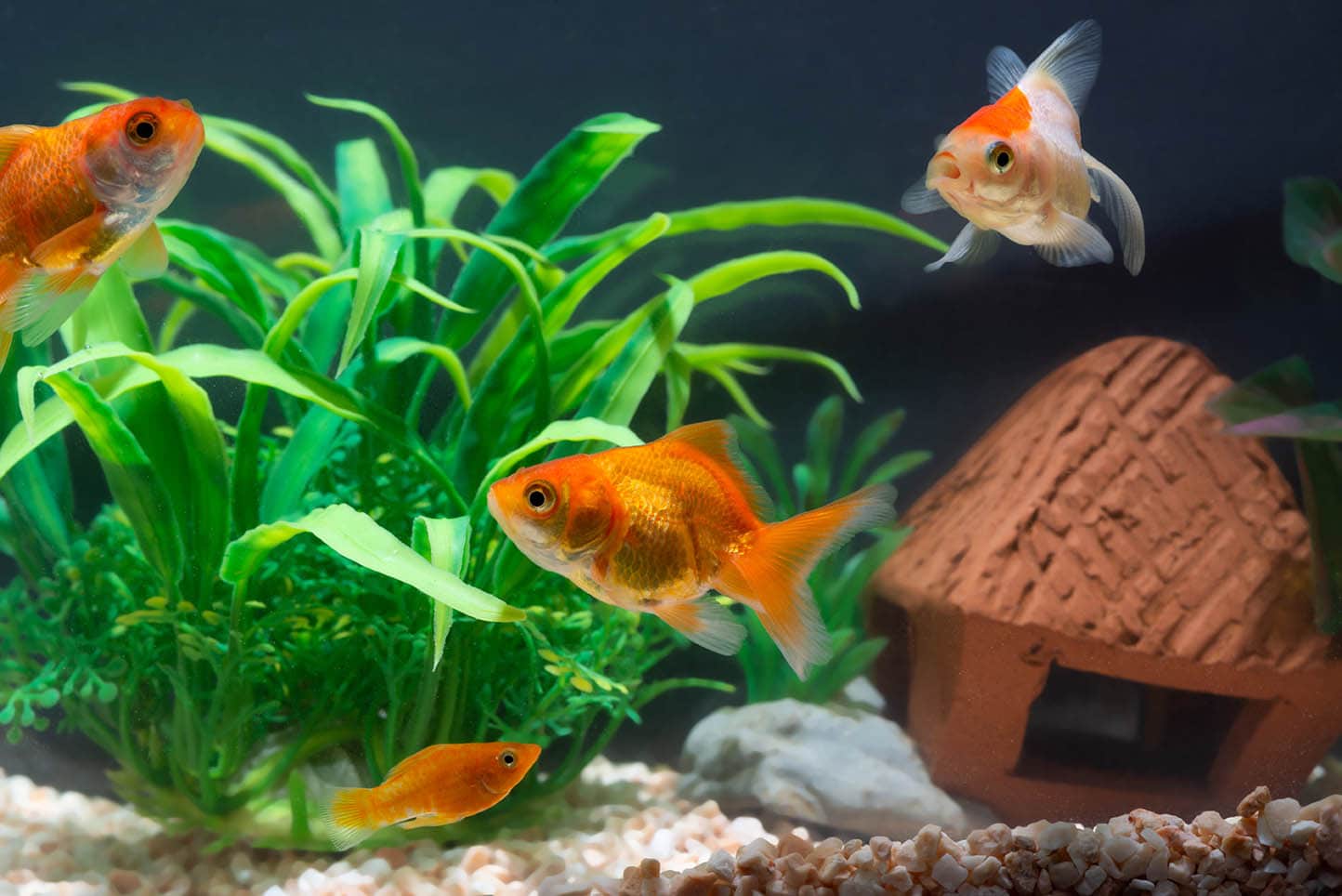

The Early Breeders
Recent scientific findings suggest that the Chinese began raising carp for food as long as 8,000 years ago. Old Chinese poetry talks about carp being raised in ponds as early as 1140 BC. The Chinese people were likely the first to begin breeding fish successfully. They were the first civilization to start selectively breeding fish for ornamental purposes. It is thought that they used the freshwater carp to begin creating beautiful ornamental specimens.
The Chinese first started breeding goldfish from carp in the 10th century, but it wasn’t until the end of the 18th century that this species was introduced to European countries.
The first person to ever breed a tropical fish in Europe was a French scientist named Pierre Carbonnier. Not only did Carbonnier breed fish, but in 1850, he founded one of the oldest public aquariums in Paris. Then, in 1869, he started breeding exotic aquarium fish known as the Paradise Fish. It became an instant hit. Soon, more tropical fish were being caught, sold, and imported to Europe. Though Carbonnier’s breeding center was destroyed during a siege during the Franco-Prussian War, he continued his breeding programs, introducing a new goldfish variety, the Fantail, a year later.
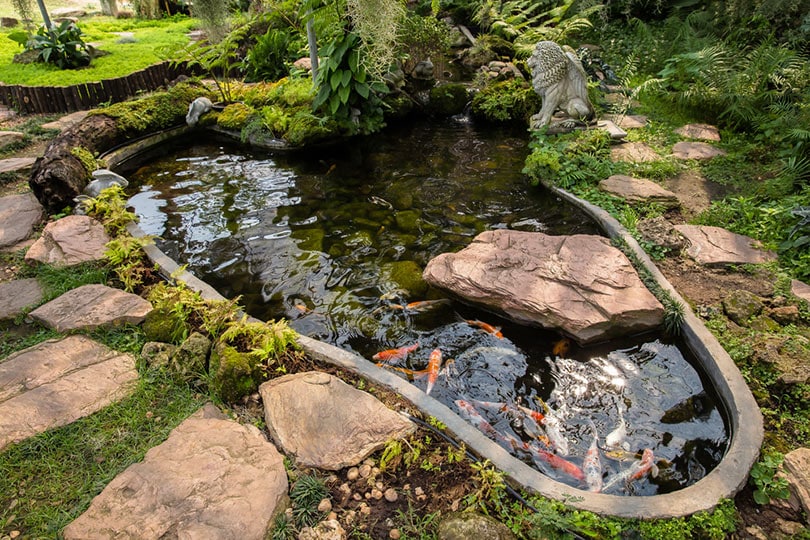

The First Public Aquariums
The world’s first public aquarium opened in London Zoo in 1853. The Fish House was built like a greenhouse and was quite revolutionary for its time. It didn’t take long for other cities to open their own aquariums. Even P.T. Barnum, the American showman behind the Barnum & Bailey circus, soon recognized the commercial potential for aquariums and opened the first American aquarium in New York City.
By 1928, there were 45 commercial and public aquariums in the world. The industry’s growth slowed during WWI and WWII but began forging forward again after the wars.


Fish Keeping Today
We can thank a man by the name of Robert Warrington for creating fish keeping as we know it today. In 1805, he recognized that fish needed cycled water and oxygen to survive. Until then, aquariums had no lighting, heating, or filters like the tanks we see today. These unsuitable conditions meant that fish would not live as long as they should. With substantially better tanks and superior husbandry, fish began having longer lives, and it became easier to breed them.
The hobby improved further in the 1960s when the industry transitioned from glass-framed tanks to glass-sealed tanks. This change allowed for better waterproofing. Today, fish keepers can choose between glass, acrylic, or reinforced concrete for their aquarium. You can even find novelty aquariums built into coffee tables, sinks, cabinets, or a less aesthetic statement piece like the Macquarium, a tank built into the shell of an Apple computer.
Personal saltwater fishkeeping didn’t take off until the 1950s. During these early days, fish keepers collected saltwater from their local beaches. In theory, this sounds like a good idea, but natural saltwater contains many unwanted organisms and pollutants. It was also highly inconvenient to visit the sea to get water for the tanks. As the hobby continued growing, synthetic salt mixes were developed to replicate the chemical environment of marine fish. This discovery made saltwater fishkeeping easier for hobbyists and helped ensure that fish are kept in an environment close to their natural habitat.
Modern technology has changed the way we live and the way we keep fish. We know more about aquarium lighting now than ever, and with advancements like automation and smart devices, the science of fishkeeping is constantly in flux.
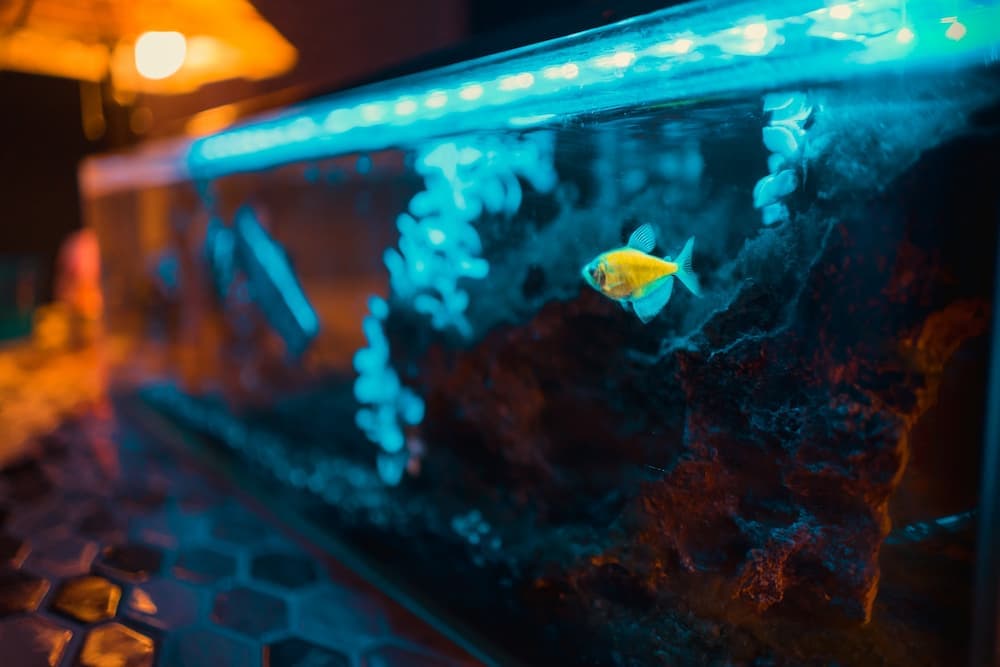

Final Thoughts
The hobby of fishkeeping dates back centuries, but scientific advancements make it a craft that’s constantly evolving. We have certainly come a long way from keeping fish in ceramic vessels and vases, and it’s humbling to know that further advancements will continue changing the face of the hobby as we know it.
Related Reads:
- Best Aquarium Heaters – Review & Buyer’s Guide
- Best Aquarium Filters for Your Fish Tank – Reviews & Top Picks
Featured Image Credit: hedgehog94, Shutterstock
